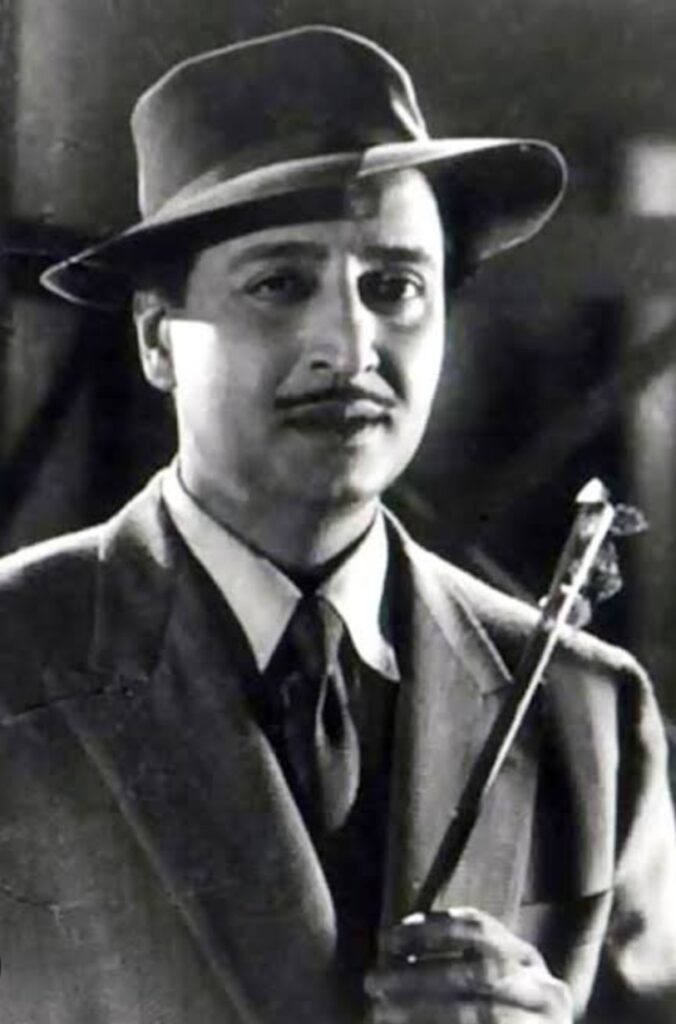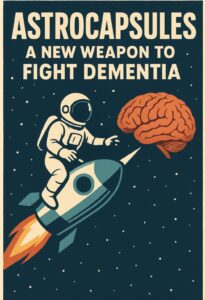
Remembering the Gentleman Villain of Indian Cinema on His 13th Death Anniversary
From Lahore to Bombay, from feared villain to beloved character actor, Pran’s cinematic journey mirrored the transformation of Indian cinema itself.
A Legend Beyond Good and Evil
On July 12, 2013, Indian cinema lost one of its most iconic performers — Pran Krishan Sikand Ahluwalia, known simply and memorably as Pran. Thirteen years later, his legacy as one of Hindi cinema’s most versatile, nuanced, and unforgettable actors remains undiminished. Best known for redefining the villain archetype in Indian films, Pran worked across five decades and over 362 films, with a career marked by artistic integrity, remarkable range, and an enduring connection with the audience.
He was the man whose mere name in the credits — “…and Pran” — evoked anticipation, fear, and admiration. But beneath the menacing screen persona was a deeply principled artist whose life and career were as compelling as his performances.
Early Life: From Lahore’s Streets to Bombay’s Silver Screen
Born on 12 February 1920 in Lahore, then part of British India, Pran was the son of a civil engineer and government contractor. His early education took him across various North Indian cities — Lahore, Peshawar, Kapurthala, and eventually Hamid School in Rampur, where he completed his matriculation. He also spent a year at the prestigious Aitchison College in Lahore. A man of diverse talents and interests, Pran developed a love for photography and football early on, never imagining that he would one day become one of Hindi cinema’s most recognisable faces.
Pran’s entry into films was almost accidental. While working in Lahore as a professional photographer and in a soap factory, he got a break in the Punjabi film “Yamla Jat” (1940). This was followed by roles in “Chaudhary” and “Khajanchi” in 1941. His first Hindi film was “Khandaan” (1942) opposite the iconic Noor Jehan, a film that established him as a promising new actor.
Partition and a New Beginning
The Partition of India in 1947 upended many lives — including Pran’s. He left behind a successful film career in Lahore and migrated to Bombay, a city flooded with refugees, uncertainty, and limited opportunities. It was a bleak period, but help came from literary legend Saadat Hasan Manto and actor Shyam, who introduced Pran to the team behind “Ziddi” (1948) — a film that would change his life. Written by Ismat Chughtai and directed by Shaheed Latif, Ziddi also starred a young Dev Anand and Kamini Kaushal.
Pran’s chilling performance as the villain in Ziddi became the turning point of his career. From here on, he became the go-to actor for roles of menacing gangsters, lecherous landlords, corrupt officials, and sly smugglers.
The Villain India Loved to Hate
Throughout the 1950s and 60s, Pran ruled the silver screen not as the hero, but as the villain. In an era when black-and-white morality dominated cinema, Pran brought layers to evil. Films like “Sheesh Mahal” (1950), “Munimji” (1955), “Jagte Raho” (1956), “Chhalia” (1960), “Jis Desh Mein Ganga Behti Hai” (1960) and “Dil Hi To Hai” (1963) showcased his ability to portray refined, psychologically complex villains — with distinct dialects, mannerisms, and styles.
One of his most memorable collaborations was with Dilip Kumar, in films such as “Devdas” (1955), “Madhumati” (1958), “Ram Aur Shyam” (1967), and “Aadmi” (1968). Their screen chemistry and confrontations became cinematic gold. Pran also shared a lasting bond with Ashok Kumar, acting in 27 films with him between 1951 and 1987.
Pran’s on-screen villainy became so feared and impactful that, for a time, Indian parents reportedly avoided naming their children “Pran.”
From Villain to Beloved Character Actor
The 1960s marked another transformation. Pran gradually moved into positive and character roles, displaying his versatility and emotional depth. His performance as Malang Chacha, the handicapped war veteran in “Upkar” (1967), was a revelation. The song “Kasme Waade Pyaar Wafaa”, picturised on him, became an anthem of loyalty and betrayal.
In the following years, Pran became one of the most dependable and beloved supporting actors. His roles in “Purab Aur Paschim” (1970), “Victoria No. 203” (1972), “Be-Imaan” (1972), “Majboor” (1974), “Amar Akbar Anthony” (1977), “Don” (1978), and “Sharaabi” (1984) highlighted his ability to evoke empathy, laughter, and admiration.
Notably, he worked in 14 films with Amitabh Bachchan, who often credited Pran as instrumental in his early career success. Their association included hits like “Zanjeer” (1973), where Pran’s Sher Khan remains iconic, as well as “Dostana” (1980), “Kaalia” (1981), “Naseeb” (1981), and “Sharaabi” (1984).
Principled and Fiercely Independent
Despite his fearsome on-screen roles, Pran was a man of principle. When he won the Filmfare Award for Best Supporting Actor for “Be-Imaan” (1972), he refused to accept it. His reason? He believed that the music award for that year should have gone to Ghulam Haider for Pakeezah instead of Shankar-Jaikishan for Be-Imaan — a rare stand in an industry often driven by diplomacy and self-interest.
He won the Filmfare Best Supporting Actor Award thrice — for Upkar (1967), Aansoo Ban Gaye Phool (1969), and Be-Imaan (1972). He was honoured with the Filmfare Lifetime Achievement Award in 1997 and the Padma Bhushan in 2001. In 2013, just months before his passing, he was conferred India’s highest cinema honour — the Dadasaheb Phalke Award.
A Life Remembered, A Legacy Celebrated
Pran passed away on 12 July 2013 at the age of 93 at Lilavati Hospital in Mumbai, after a prolonged illness. He is survived by his wife Shukla Ahluwalia, whom he married in 1945, and three children: Arvind, Sunil, and Pinky Sikand Ahluwalia.
In 2000, film journalist Bunny Reuben authored a biography titled “…And Pran”, a tribute to the unique way his name appeared last in film credits — a sign of his singular stature. Even Stardust magazine, in 2000, named him the “Villain of the Millennium.”
More Than a Villain
Pran was not just an actor — he was an institution. He redefined what it meant to be a villain, then went on to break that meld with compassion, wit, and humanity. He taught generations of actors that character roles could be as powerful — sometimes even more so — than leads. In his lifetime, he witnessed the birth of Indian cinema, its golden age, its transformations, and its moral complexities.
Thirteen years after his death, Pran lives on in the countless characters he brought to life, and in the hearts of audiences who continue to gasp at his evil glare, laugh at his comic timing, and tear up at his gentle wisdom. His story remains a powerful reminder: it’s not the position in the credits that defines greatness — it’s the presence on the screen.
…And Pran Forever.
Hasnain Naqvi is a former member of the history faculty at St. Xavier’s College, Mumbai





